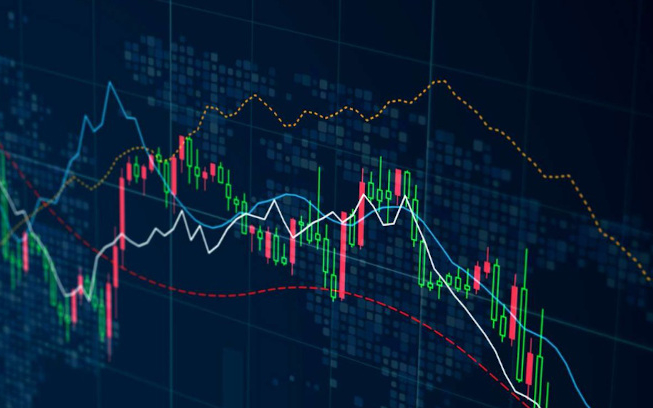The forex market is a dynamic and ever-changing environment, with trends and patterns constantly emerging and evolving. Understanding these trends and patterns is crucial for traders looking to make informed decisions and maximize their profits. In this post, we will discuss some key concepts related to forex market trends and patterns.
1. Trend analysis: One of the most important tools for understanding forex market trends is trend analysis. This involves analyzing historical price data to identify trends and patterns over time. Traders can use a variety of technical indicators, such as moving averages or Bollinger Bands, to identify trends and potential entry and exit points.
2. Support and resistance levels: Another important concept in forex market analysis is support and resistance levels. These are levels at which the price of a currency pair is likely to encounter buying or selling pressure. Traders can use these levels to identify potential entry and exit points, as well as to set stop-loss orders.
3. Candlestick patterns: Candlestick patterns are another useful tool for forex traders. These patterns can provide insights into market sentiment and can help traders to identify potential reversals or continuation patterns. Some common candlestick patterns include doji, hammer, and shooting star.
4. News events: News events can have a significant impact on forex market trends and patterns. Traders should stay up-to-date with major economic releases, such as GDP or employment data, as well as geopolitical events that could affect currency prices.
5. Risk management: Finally, it is important for forex traders to have a solid risk management strategy in place. This includes setting stop-loss orders, managing leverage, and diversifying their portfolio across multiple currency pairs.
In conclusion, understanding forex market trends and patterns is crucial for traders looking to make informed decisions and maximize their profits. By using tools like trend analysis, support and resistance levels, candlestick patterns, and staying up-to-date with news events, traders can stay ahead of the curve and make smart trades. Remember to always prioritize risk management and never invest more than you can afford to lose.



awesome
Your point of view caught my eye and was very interesting. Thanks. I have a question for you. https://accounts.binance.com/register?ref=P9L9FQKY